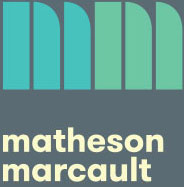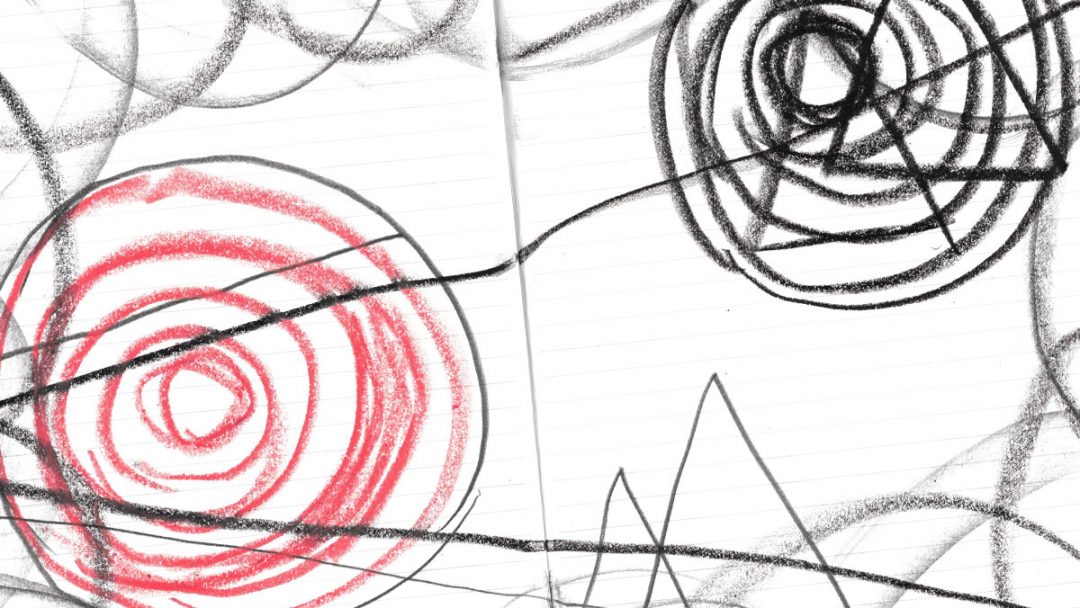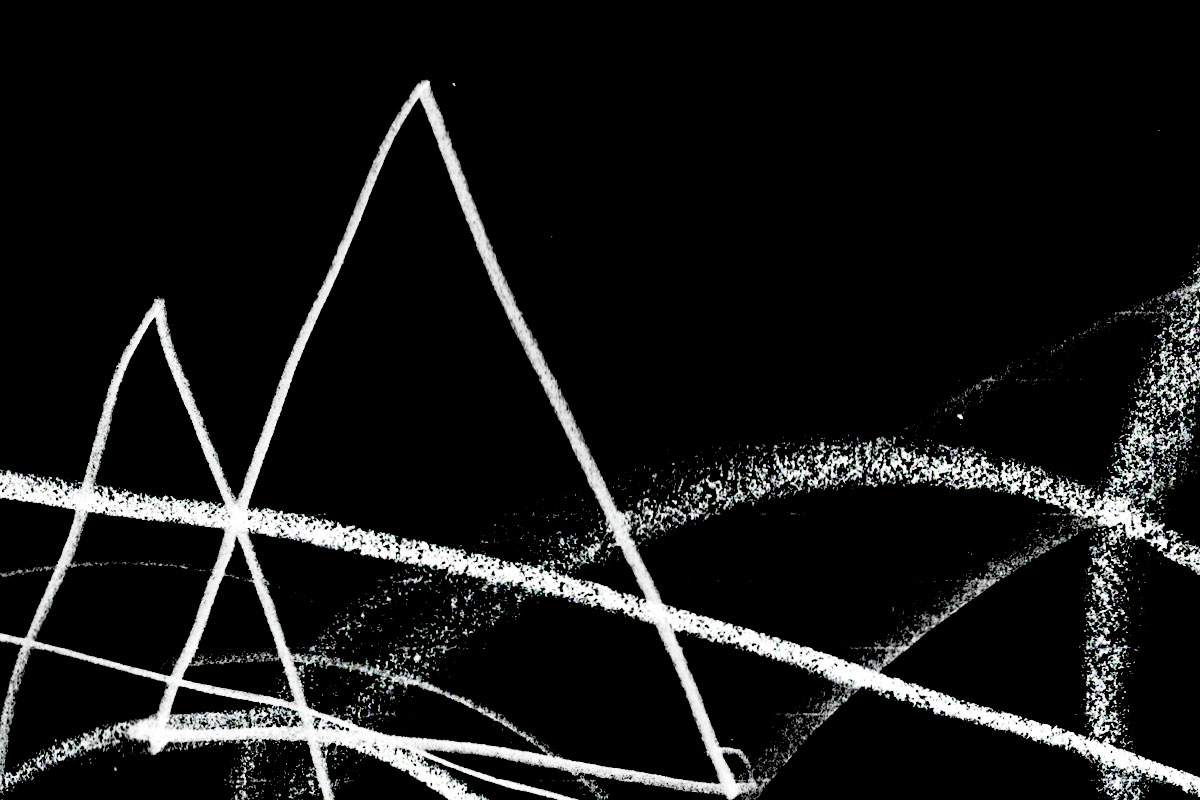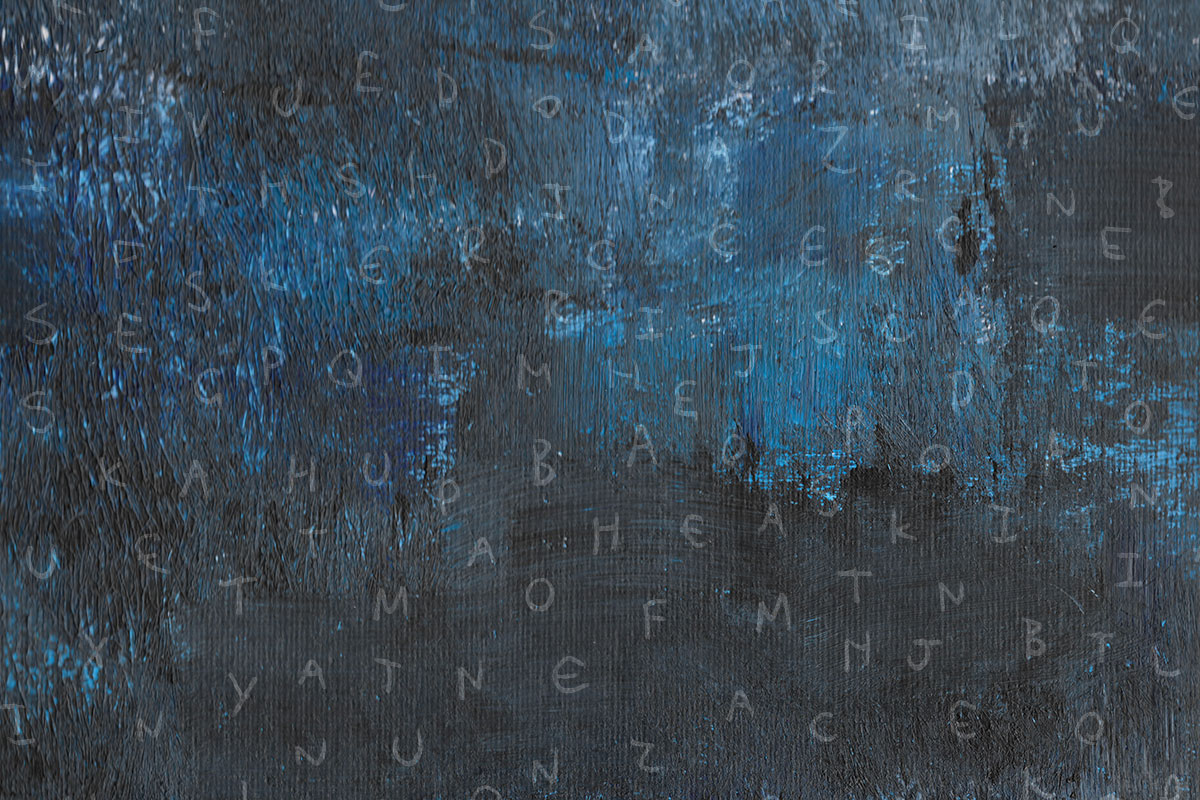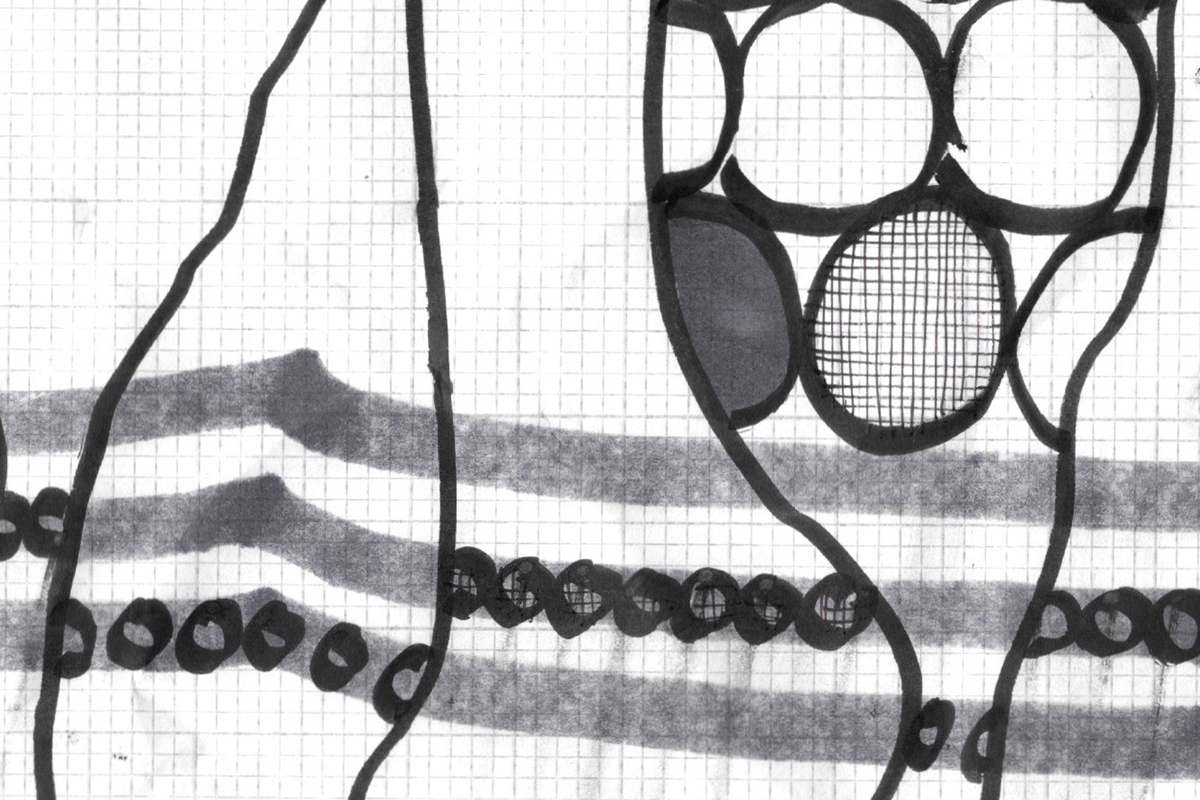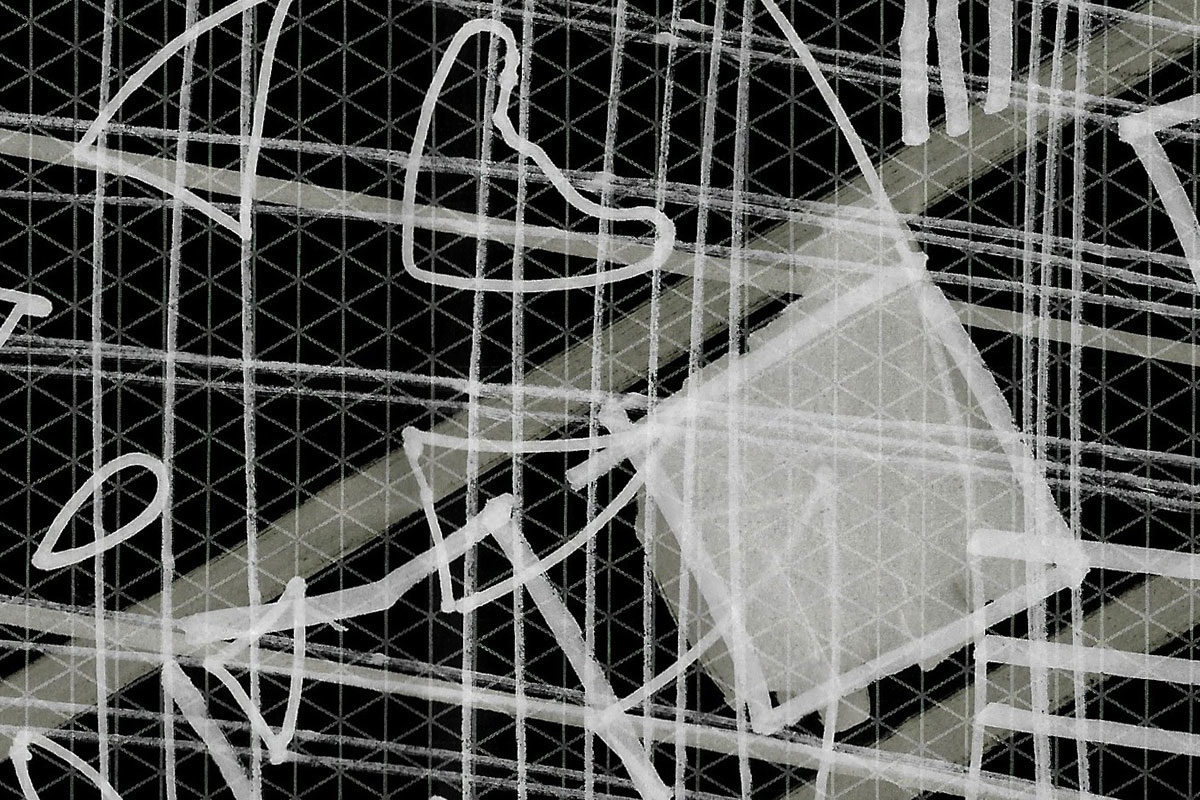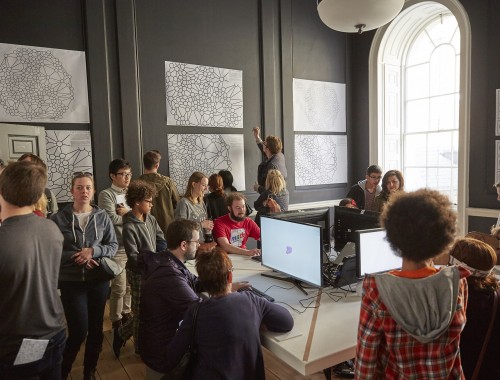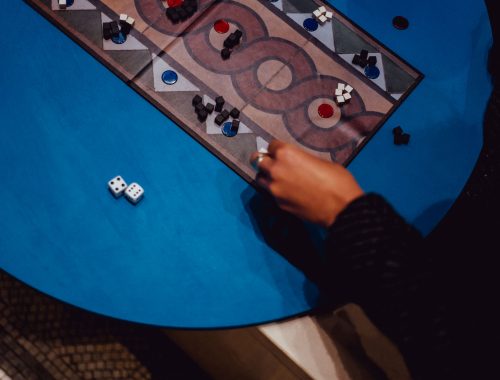Paper is pretty neat: cheap, portable, foldable, strong, easy to decorate, easy to tear. You don’t need to get it made specially from scratch. You don’t need to teach players what it does.
For New York University’s No Quarter, coming up at Starr Space Gallery on 28 October, we’ve made a set of games that explore paper as a medium. We’re looking specifically at the interaction between gameplay, rules and drawing, trying to create games where people’s responses to the rules create both a gameplay experience and a visual artefact. The games themselves are pretty different – a set of three two-player strategy games, a game of communal drawing over an evening, and a multiplayer party game – but they all come out of this area of overlap.
The first three – NODES, CIRCLES and LINES – are pen-and-paper games for two players. They’re the sort of game you’ve probably played with a friend on a scrap of paper in a waiting room somewhere, or during a particularly boring history lesson. Their general family includes games like Noughts and Crosses, Boxes, and Sprouts.
Because these games are played by drawing in turns on a piece of paper – adding to the game board over time and responding to those additions – they create, in the course of play, a persistent visual record of the decisions the players made. This record becomes something people can look at and get a sense of how the game went.
And because of this, if you look at dozens of plays of a particular game, the range of visual artefacts on display gives you a sense of the range of potential intrinsic in the game – the different ways that people, presented with the rules, might act; the places their decisions might lead them to. In the same way that we can look at, say, a grid of twenty of Vera Molnar’s algorithmic drawings and get a sense of the scope of her algorithms, so we can look at a grid of twenty different complete iterations of Noughts and Crosses or Sprouts (or Nodes, Circles or Lines) and get a sense of the range of potential play. This makes the games particularly interesting to run at an event like No Quarter, where hundreds of possible players mean we can build up a lot of different examples of play very quickly, and have dozens of complete game boards on the walls by the end of the evening.
We’re also interested, with these three games in particular, in the idea of the “solved game” – which is usually a dismissive term. A lot of pen and paper games can be solved – which is to say, there’s a set of relatively straightforward tactics and techniques which, if followed, allow either a guaranteed draw or a victory for a particular player (usually the player who took the first turn).
And as game designers, we tend to declare this bad – to say that being solved, or even solvable, is a fundamental problem with a game. But this convention of good game design dismisses the genuine pleasure of solving a game, of figuring out what works and what doesn’t, of thinking through tactics and testing out your conclusions and then feeling that you understand the whole ruleset and all its possibilities; of finishing the game, in a way. This idea of finishing is something we’re comfortable with in digital games and single player games, but we tend to think it makes competitive multiplayer games like noughts and crosses intrinsically bad. And yet, I remember the day I realised that I need never lose noughts and crosses again, and it was a pretty great day.
And again, this seems like a particularly interesting area to look at in a context like No Quarter, when we can display games throughout the night – and see whether they tend towards being solved as the night progresses. Will more games end in a tie towards the end of the evening, when everyone is more familiar with the games? Or will people play recklessly as the night goes on and they get a little tipsy? We can investigate this communal-competitive space of figuring a game out more clearly because of the visual artefacts that the games create.
Alongside these fairly strategic games, we’re also showing CONSTELLATION, a much more relaxed and more explicitly communal game. To play, you hunt through a big field of letters for letters in interesting shapes, and then connect those letters together as constellations against a night sky – circling each letter, drawing straight lines between them in whatever order you choose, and then labelling the constellation with a name made up of those letters.
You can add a constellation or two yourself, and then come back later to see what’s happened in the mean time. By the end of the night, you get a big, dense drawing made up from everyone’s contribution.
Our design focus for Constellation has been on two things:
- First, on creating something that allows you as a player to make a contribution that’s uniquely yours – for the constellation you draw, picked out from all the many, many hundreds of letters on the page, to be something different from what anyone else might have discovered.
- And second, on creating a unified artefact out of all these contributions – developing a presentation for the work (dark painted background, bright pen, simple rules) where all those different contributions combine to make a single physical object.
Our final game, ART DECK, is much more explicitly about making an artwork. Players build up instructions out of sentence fragments on playing cards, and then follow those instructions in turn, creating a work of art over many players’ turns – until someone plays the “sign my name” card and claims that work of art as their own.
There’s a long tradition of artwork like Sol LeWitt’s wall drawings, where LeWitt provides a set of instructions to be followed by others – usually with some deliberate space for interpretation (see, for example, this discussion of the different ways to interpret a particular set of LeWitt instructions). LeWitt (at least allegedly) didn’t see this as a problem – he claims to have thought of each drawing as “a musical performance. Every time you hear the same Bach piano or harpsichord thing it’s different […] Whoever does it will leave their mark on it”.
Work like Moniker’s Conditional Design Workbook takes this even further. And of course procedurally generated art and work like Molnar’s algorithmic drawings, discussed above, also involves defining a set of instructions which play out to create an artefact – it’s just that a computer fills the role of following the instructions, rather than a person. In the same way that LeWitt allowed for interpretation by gallery technicians, and Moniker leaves room for choices from workshop participants, so algorithmic artworks often leave space for randomness to come into play. See for example Manfred Mohr, writing in 1973 of early algorithmic art, stating that “as it is possible to conceive a logic of construction but not all its consequences, it is nearly an imperative to rely on a computer to show this large variety of possibilities” – and that this variety could be investigated only by ’”introducing at certain parts in the computer program variable decisions in order to create unexpected situations”.
Art Deck comes out of an interest in an area of instruction-based creation that’s maybe underexplored. Its core idea is that a set of instructions for the creation of an artefact can be a game with real agency for the players, and that the physical process of creation and the decisions made by participants can be the main mechanism whereby variation (which Mohr assigns to a computer) is brought in. The process of playing, the thing that gets made through that play, and the interaction between them are all equally important.
In fact, all of these different drawing games are coming from different directions at the same few questions. How can a game create a visual artefact that is an articulation of the decisions made by players? How can it allow players agency and individual control over the output of their work, but also explore a particular visual area? How can play organically create its own record?
In instructional artworks, the emphasis is on the artefact created. In most drawing games, the emphasis is very much on the process: Pictionary and Fake Artist Goes To New York, for example, are both brilliant, but the artefacts they create aren’t meant to be interesting outside the immediate context of the game.
But there is a space that’s concerned with the process and the artefact, and with the interaction between the two. It’s a space occupied by work like Andi McClure and Michael Brough’s wonderful Become A Great Artist In Just 10 Seconds, say; by Ian MacLarty’s Action Painting Pro, a game which I have now definitely played for substantially longer than it took Ian to make it; by Vera Molnar’s lovely activity book, which turns children into the engine of her artwork, the providers of random input that she’s otherwise wrung from computers. And this is the space we’re exploring with Drawing Games.
